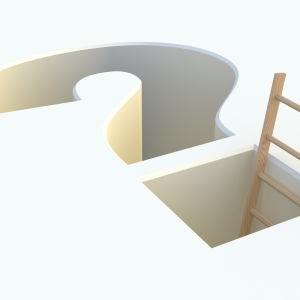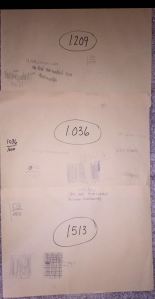My fifth grade class math instruction and our grade level instruction has benefitted from many of the journeys, sight seeing and experiences fostered through the Math Rocks Cohort. This was my sixth year as a fifth grade classroom teacher and I have enjoyed the teaching of math this year more than I ever have. The relationships and norms that our class set on the first days of the year in math were more exciting and initiated a community of dialogue, action and math talk than prior math travels.
Our grade level initiated the year with an activity that we did in our summer training –students created and shared 4 images or words that described how they felt about math. I took these words — very positive for the most part — the class created a mission statement and participated in a Blanket problem solving challenge. The positive experience of Day 1 math has continued and has grown over the year.
Our team has two new grade level teachers, two new special education teachers as well as the first group of students that have attended our school since it opened when they were in Kindergarten. The number sense they have come to us has become more visible in the Number Talk and various math talk practices that I learned about and shared with my team. My team talks about math at lunch, on the playground, before and after school. Sharing successful problem solving challenges, number talks and open middle talks.
Coming together to share Number Talks and implementing the signals and talk moves shared by Sherry Parrish and Kristin Gray is a favorite time in our classroom community. It has helped some of my more reluctant math students to take risks. Turning over more of the math talk to students carries over into other parts of the math and other content area instructional day. They quickly share their ideas and challenge one another (and me) when they disagree with math thinking. Using some of the Estimation 180 with high and low estimates prompted stronger estimation skills. I have learned better how to create Number Talks that are at the just right level for most of the class and to support the new instruction of the day. This week one of the lessons focused on using a double and half strategy in multiplying decimals. With earlier units, some of the students had shared this strategy so I chose some problems that encouraged doubling and halving with whole numbers before we started our lesson.
We have started using some Open Middle problems as introductory, closing and extension activities. It has become easier to create these and using open ended problems that have numerous solutions and strategies has fostered curiosity in individual and groups of students working together and with the teachers. One of the biggest obstacles we currently face is just how to find enough time to incorporate all of the great resources we have discovered!
A good journey is one where there just isn’t enough time to do all that you want to do. Math Rocks is coming to an end but it has made our schools adventure in math more interesting and exciting!





Recent Comments